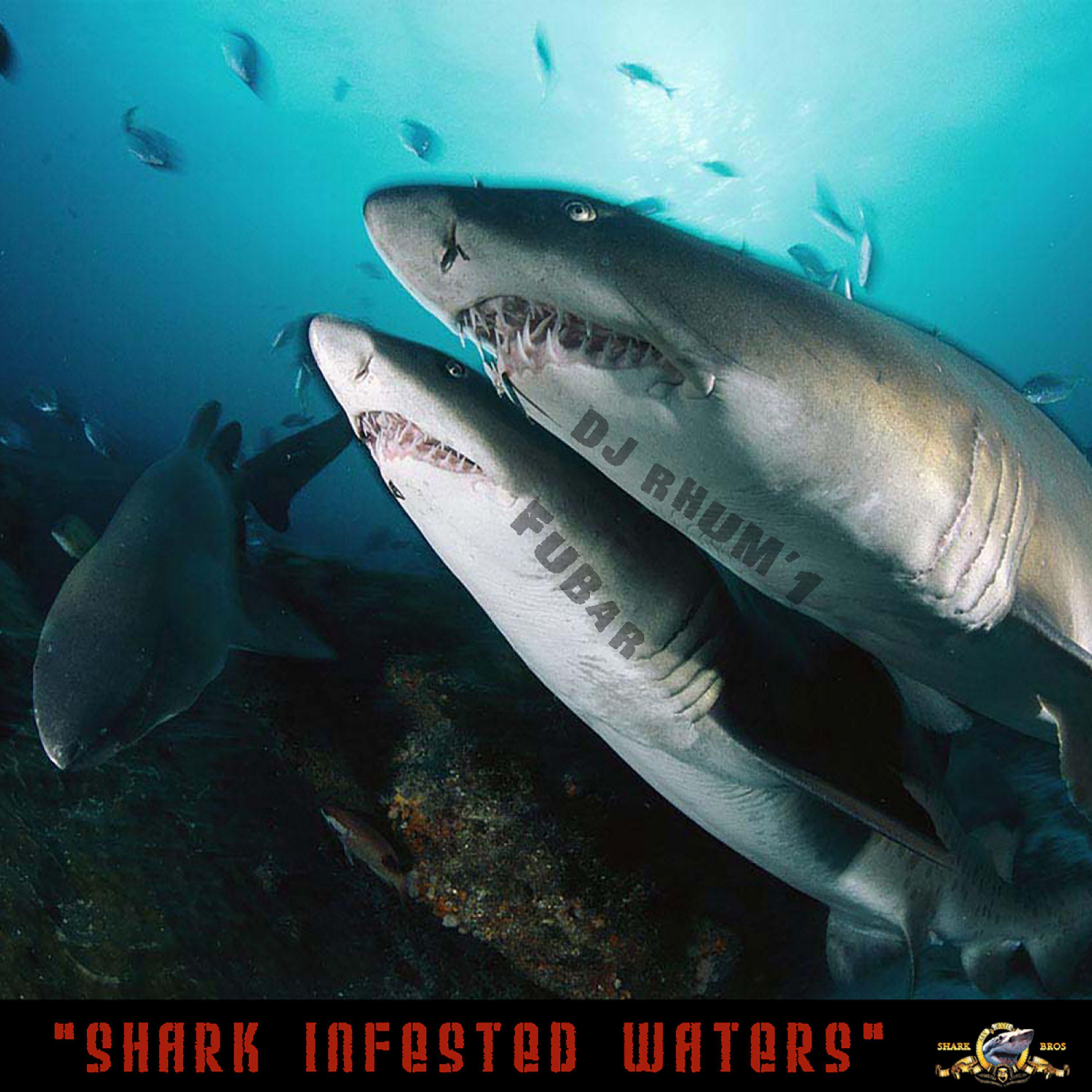** Discovering What Color Are Sharks Attracted To: Unveiling the Secrets of Shark Behavior
Guide or Summary:Understanding Shark BehaviorShark Vision and Color PerceptionImplications for Fishing and Diving**Translation of "what color are sharks att……
Guide or Summary:
**Translation of "what color are sharks attracted to":** what color are sharks attracted to
---
Understanding Shark Behavior
Sharks are among the most fascinating and mysterious creatures in the ocean. They have been the subject of numerous studies and documentaries, yet many aspects of their behavior remain enigmatic. One particularly intriguing question that researchers and enthusiasts alike often ponder is: what color are sharks attracted to?

Sharks possess a unique set of sensory adaptations that allow them to thrive in their aquatic environments. They rely on a combination of sight, smell, and electroreception to locate prey. While it is widely accepted that sharks can see colors, their preference for certain colors over others can significantly impact fishing and diving experiences.
Shark Vision and Color Perception
Sharks have dichromatic vision, meaning they have two types of photoreceptor cells in their eyes that can detect color. Unlike humans, who have three types of cones for color vision, sharks primarily see shades of blue and green. This is largely due to their evolutionary adaptations to the underwater environment, where these colors dominate. Consequently, the question of what color are sharks attracted to becomes crucial for understanding how to interact with them safely and effectively.
Research indicates that sharks are particularly sensitive to blue hues. This is likely because blue light penetrates deeper into the ocean than other colors, making it more visible to sharks in their natural habitat. Therefore, using blue lures or equipment may increase the chances of attracting sharks during fishing expeditions or underwater photography sessions.

Implications for Fishing and Diving
For anglers, understanding what color are sharks attracted to can be a game-changer. Many fishermen have reported success using blue or green bait and lures when targeting shark species. The effectiveness of these colors is not only based on the sharks' visual perception but also on the natural prey they hunt, which often reflects similar color patterns.
For divers, knowing the color preferences of sharks can enhance safety measures. Bright colors, particularly those that contrast sharply with the ocean's blue, may inadvertently attract sharks. This is why many diving professionals recommend wearing muted colors or shades of blue and green to blend in with the environment, minimizing the chances of attracting unwanted attention.
In conclusion, the question of what color are sharks attracted to is more than just a trivial inquiry; it has profound implications for both fishing and diving practices. Understanding shark behavior and their color preferences allows us to engage with these magnificent creatures in a more informed and respectful manner. As we continue to explore the depths of our oceans, the relationship between humans and sharks will undoubtedly evolve, guided by knowledge and a deeper appreciation for these apex predators.

By delving into the science behind shark attraction to colors, we can enhance our experiences in the ocean while promoting conservation efforts to protect these vital marine species.